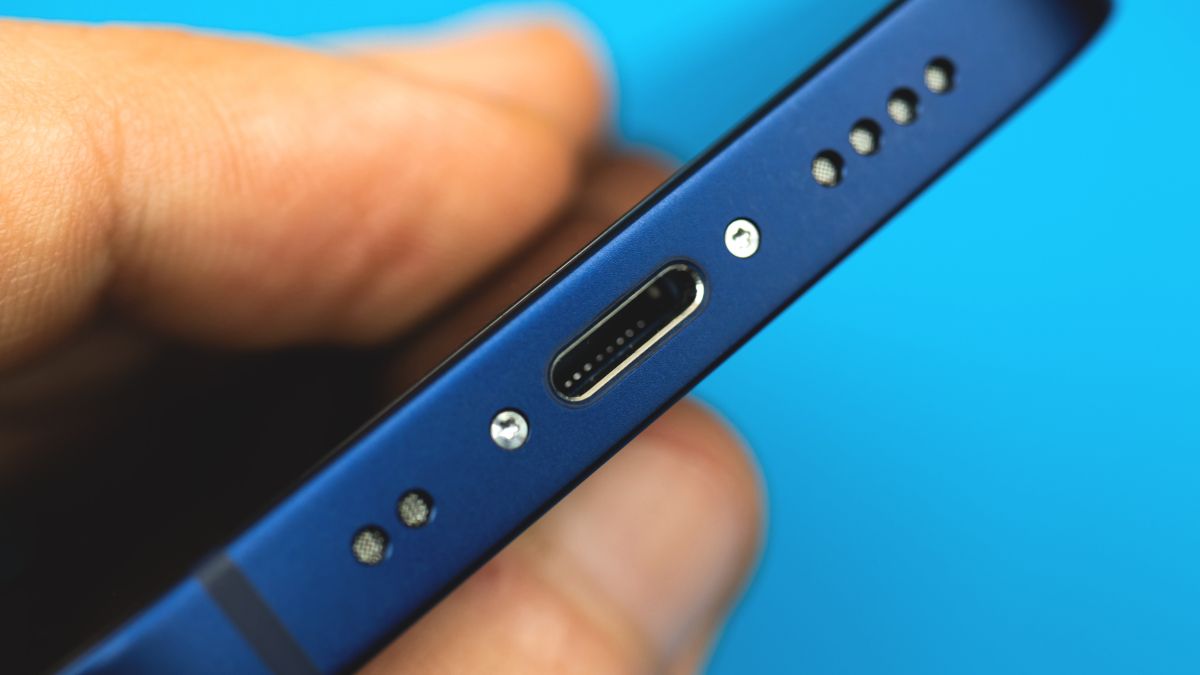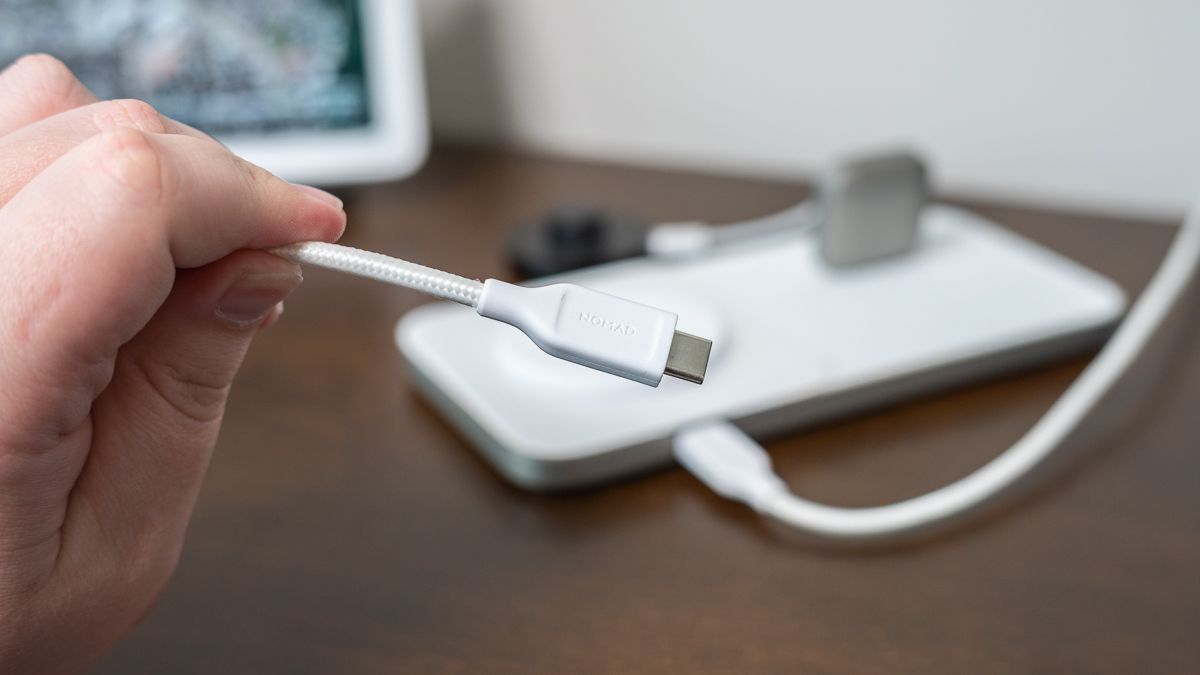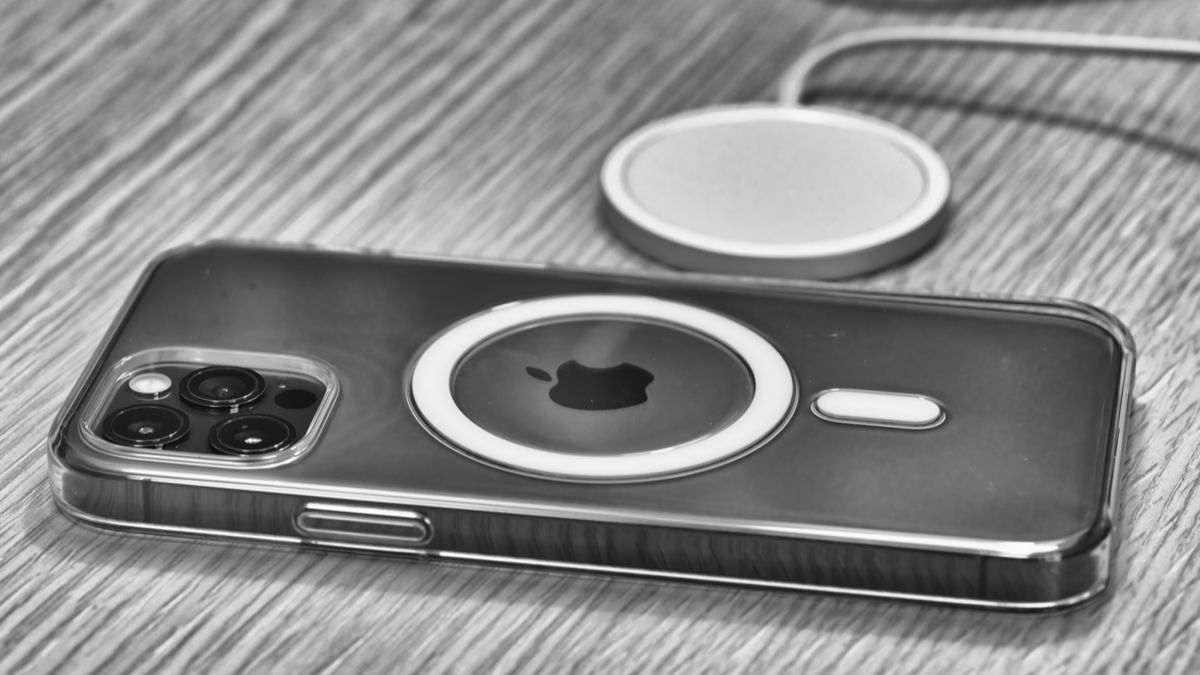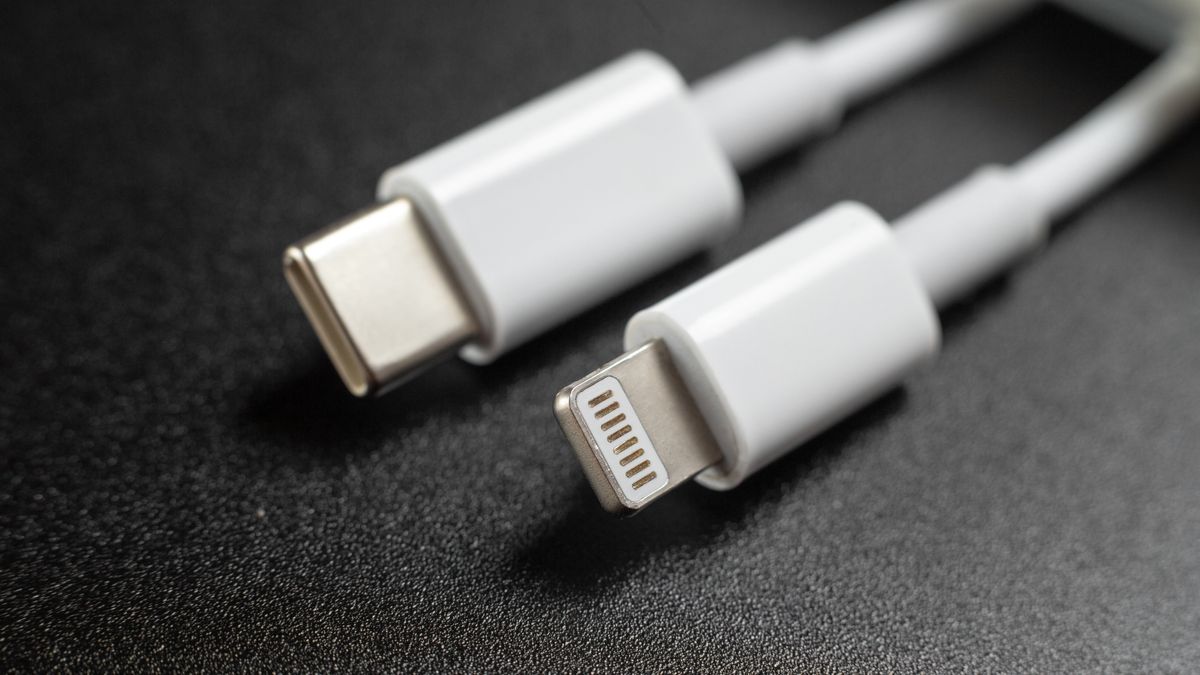Read update
- Apple announced the iPhone 14. As expected, all iPhone 14 models still have Lightning ports---no USB-C.
The iPhone is extremely popular in the U.S., but it accounts for less than a quarter of all smartphones worldwide. While most people charge their phones with USB-C cables, the iPhone is stuck with Lightning. Will that change?
The Case for a USB-C iPhone
People have been begging Apple to adopt USB-C for the iPhone for a while, so let's take a look at some of the best arguments and advantages it would offer.
First and foremost, Apple is already using USB-C with other product lineups. The first MacBook with USB-C charging came out in 2015. The iPad Pro gained USB-C in 2018, but to this day, not every iPad has it. For example, the 2021 base-model iPad still has a Lightning connector. Apple seems to gradually be switching its other products to USB-C.
The other big reason was already mentioned in the intro to this article---most smartphones and tablets already use USB-C. The annoying situation of not being able to charge your iPhone because no one has a Lightning cable would cease to exist. The European Union is working on rules to make this happen for that very reason.
On top of those practical reasons, USB-C also offers a bevy of technical advantages. USB-C can have the power to charge a device as large as a laptop as well as smartphones. Beyond power, USB-C also has data transfer speeds up to 10GB per second, while Intel's proprietary version of USB-C---Thunderbolt---can transfer up to 40GB per second.
The case for a USB-C iPhone is pretty clear-cut. The iPad and MacBook already use it, the majority of other smartphones and tablets already use it, and it has the tech specs to make it all worth it.
The Case Against a USB-C iPhone
USB-C sounds perfect on paper, but it's not without problems. Despite how it sounds, USB-C is not a magical "universal" standard that just works with every device that supports it. You have to be careful about which USB-C cables and accessories you use.
Some USB-C cables have the "old" larger USB-A connector on one end, while others are USB-C on both ends. This isn't a problem with properly-made cables, but a cheap USB-C cable with a USB-C connector on the end could fry your phone with too much power.
Another annoyance with USB-C cables is what they can be used for. While most of the old-style USB-A cables can be used for charging and data transfer, that's not the case with USB-C. A USB-C cable that supports USB 2.0 can only charge or transfer data very slowly. If you want to connect your USB-C phone to your computer, you'll need to make sure the cable supports USB 3.0 or newer.
The good news is these problems very likely wouldn't be problems with a USB-C iPhone, assuming Apple includes an appropriate cable in the box.
What Does Apple Think?
We've covered the practical and technical pros and cons, but now it's time to address the elephant in the room---Apple. It all comes down to the folks in Cupertino.
Money is obviously a big factor in Apple's decision. Did you know Apple supposedly gets $4 for every Lightning cable sold? We don't know if that's the exact number---Apple won't disclose it---but Seeking Alpha reports that number is rumored to be accurate. That's a huge source of revenue that would eventually run dry if the Lightning cable was phased out.
Rumors have also claimed that Apple is worried about waterproofing with USB-C, though that argument doesn't hold much water. There are tons of IP68-rated phones with USB-C ports. Another rumor is it would give Apple less control over device designs since they don't own USB-C.
But perhaps the biggest reason why we may never see a USB-C iPhone is Apple could drop the charging port entirely. Most iPhones already support wireless charging with MagSafe, but it can't yet do data transferring. When that happens, Apple may jump straight to a portless iPhone.
If that is indeed Apple's goal, the European Union would throw a wrench into things. The aforementioned proposal would give the iPhone---and all consumer gadgets---two years to adopt USB-C if passed in 2022.
At the time of writing in early September 2022, the iPhone 14 series is slated to be announced, and all signs point to it sticking with the Lightning port. The earliest we could see a USB-C iPhone would likely be the iPhone 15 in 2023.
UPDATE: 9/7/22
Apple announced the iPhone 14. As expected, all iPhone 14 models still have Lightning ports---no USB-C.
In the end, it may be out of Apple's hands. Even if a portless iPhone is its ultimate goal, the EU's proposal would force them to include a USB-C port. Apple could decide to launch a special USB-C model only in those regions and go portless in the U.S., where the iPhone is more popular.
"When Will We Get a USB-C iPhone?" is a valid question that many people are asking, but there's sadly not a great answer. It's going to come down to MagSafe advancements and regulations from the EU and others. We can dream, though.




